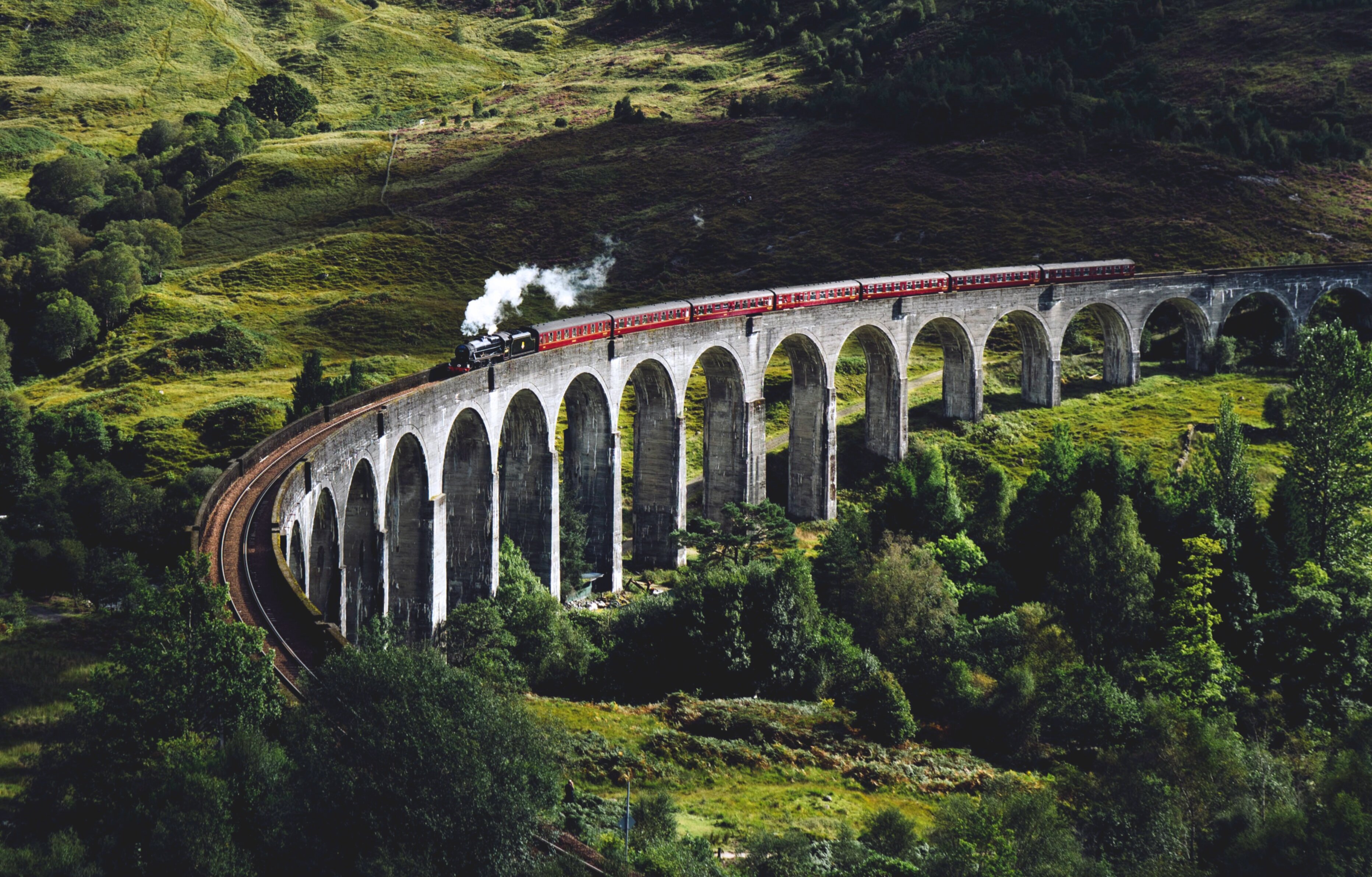How AI Cartoon Generators Impact Digital Image Quality A Technical Analysis of Resolution and Detail Preservation

The recent proliferation of AI cartoon generators is fascinating, not just for the speed at which they produce imagery, but for what they reveal about the mathematics of digital representation itself. I’ve been spending time feeding these systems various source materials—everything from 1990s-era digital photographs to high-resolution, scanned line art—just to see where the computational stitching starts to show. It’s easy to be distracted by the stylistic shifts, the uncanny valley approximations of human emotion, but the real substance lies in the pixel data. We are moving past simple upscaling algorithms; these tools are actively *hallucinating* details based on learned distributions, and that process inherently introduces artifacts that traditional graphics pipelines worked hard to eliminate.
My primary concern, as someone who values fidelity in digital assets, centers on the preservation of fine detail when transitioning from a source image to a stylized, often lower-resolution target format favored by many of these generators. When you ask an algorithm to convert a photorealistic portrait into, say, a "Pixar style" character, what happens to the subtle texture of the fabric or the specific grain of the skin? Does it simply smooth it away, or does it replace it with something statistically probable but factually absent from the original data? This technical interrogation is necessary if we are to treat these outputs as legitimate components in professional workflows, rather than just novelty pieces.
Let's focus first on the resolution question, specifically concerning upscaling during the generation phase. Many users input standard 1080p images expecting a high-resolution cartoon output, perhaps 4K or greater. The initial pass often involves noise injection and iterative refinement guided by a latent space model. What I observe is that while the overall structure—the silhouette, the major color blocks—is maintained with surprising accuracy, the high-frequency information suffers a predictable degradation. Fine lines, such as eyelashes or the threads in a woven pattern, frequently collapse into single, thicker strokes or disappear entirely, replaced by smooth gradients that the model decides are more "cartoon-like." This isn't a failure of the model to *see* the detail; it’s a deliberate structural choice dictated by the training data biases towards simplicity and clean edges, which is the antithesis of photographic reality. We must quantify the loss in measurable spatial frequency components when assessing the true quality, rather than just admiring the stylistic transformation.
Turning to detail preservation under transformation, the issue becomes even more pronounced when examining texture mapping. If I provide a source image with complex subsurface scattering on skin—that subtle way light penetrates and scatters beneath the surface—the AI typically flattens this into a simpler shading model. The generator substitutes true subsurface detail with hard-edged specular highlights and ambient occlusion approximations consistent with its learned style guide. This replacement process is where the technical scrutiny truly matters. I’ve run Fourier transforms on paired source and generated images, and the high-frequency spectral energy distribution post-generation shows a clear cutoff where the original image contained genuine textural noise. The AI fills that gap not with noise, but with patterned artifacts—repeating micro-textures that scream "synthetic," even if they are superficially pleasing. It’s a trade-off: sacrificing verisimilitude for stylistic coherence, a trade-off that requires transparent documentation from the developers regarding the fidelity ceilings of their specific architectures.
More Posts from itraveledthere.io:
- →How AI Image Generators Transform Photos A Look at Free Tools in 2024
- →7 AI Image Generators That Revolutionize Visual Content Creation in 2024
- →7 Ways AI-Generated Avatars Are Transforming Travel Influencer Content in 2024
- →7 AI-Powered Tools for Enhancing Travel Photos in 2024
- →7 Ethical Considerations for Travel Influencers Using Face Morphing Technology in 2024
- →Beyond Filters AI Cartooning Travel Photography